 by our College Data Analytics Team
by our College Data Analytics TeamBC total enrollment is approximately 3,852 students.
Male/Female Breakdown of Undergraduates
The full-time BC undergraduate population is made up of 53% women, and 47% men.

For the gender breakdown for all students, go here.
BC Racial/Ethnic Breakdown of Undergraduates

| Race/Ethnicity | Number |
|---|---|
| White | 296 |
| Hispanic | 238 |
| Black or African American | 32 |
| Multi-Ethnic | 16 |
| Asian | 10 |
| Unknown | 6 |
| Native Hawaiian or Pacific Islander | 1 |
| International | 0 |
See racial/ethnic breakdown for all students.
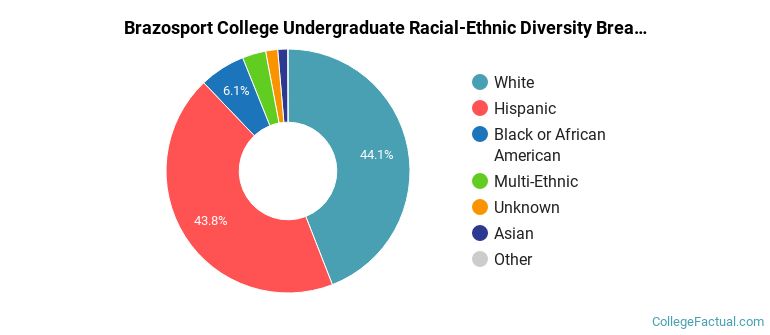
| Race/Ethnicity | Number |
|---|---|
| Hispanic | 1,686 |
| White | 1,677 |
| Black or African American | 241 |
| Multi-Ethnic | 99 |
| Unknown | 94 |
| Asian | 43 |
| Native Hawaiian or Pacific Islander | 2 |
| International | 0 |
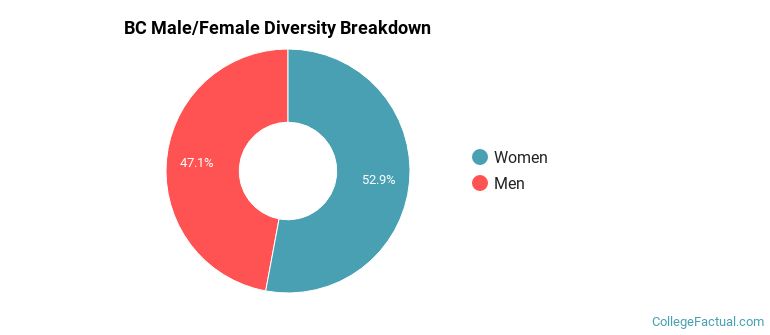
There are approximately 2,162 female students and 1,690 male students at BC.
BC ranks 1,846 out of 2,183 when it comes to geographic diversity.
1.1% of BC students come from out of state, and 0% come from out of the country.
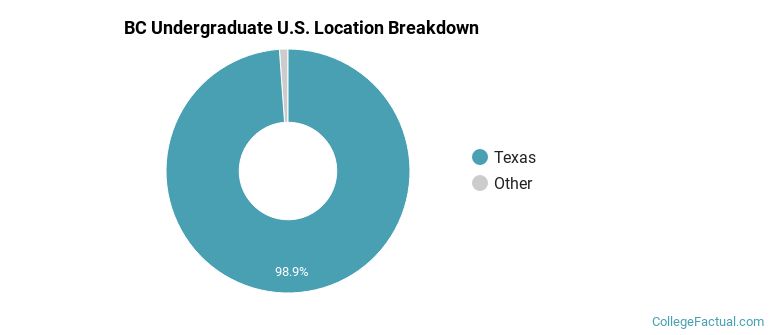
The undergraduate student body is split among 8 states (may include Washington D.C.). Click on the map for more detail.
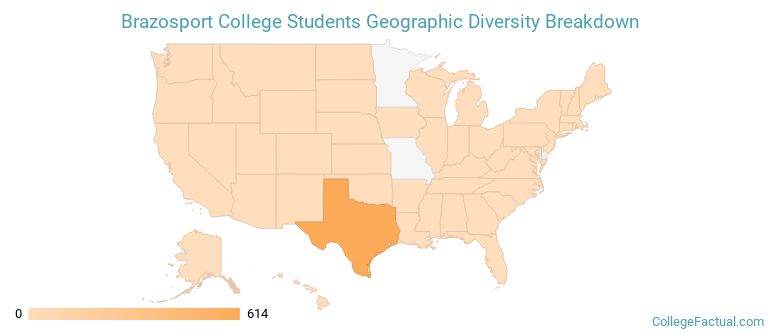
| State | Amount |
|---|---|
| Texas | 614 |
| Arizona | 1 |
| California | 1 |
| Louisiana | 1 |
| Michigan | 1 |
A traditional college student is defined as being between the ages of 18-21. At BC, 34.16% of students fall into that category, compared to the national average of 60%.
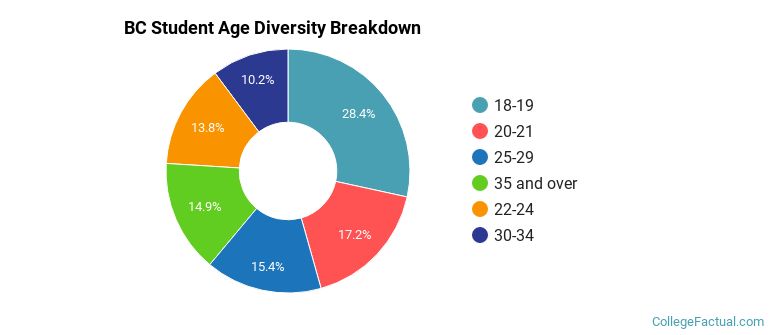
| Student Age Group | Amount |
|---|---|
| 18-19 | 903 |
| 20-21 | 547 |
| 25-29 | 491 |
| 35 and over | 474 |
| 22-24 | 439 |
| 30-34 | 324 |
| Under 18 | 0 |
Footnotes
*The racial-ethnic minorities count is calculated by taking the total number of students and subtracting white students, international students, and students whose race/ethnicity was unknown. This number is then divided by the total number of students at the school to obtain the racial-ethnic minorities percentage.
References